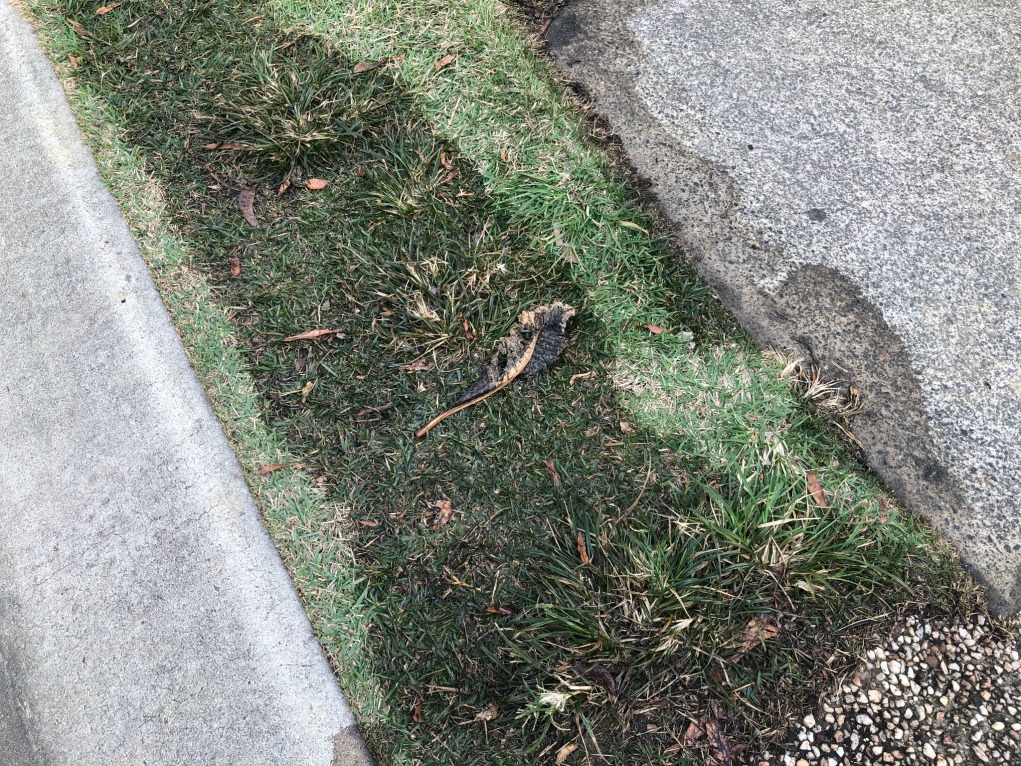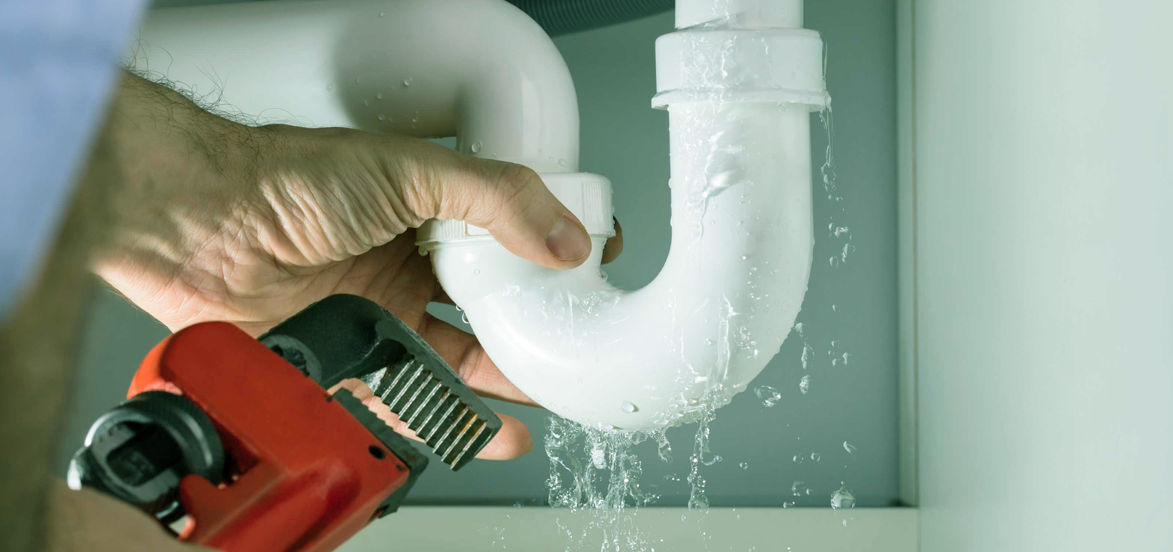Everybody maintains their unique piece of advice with regards to Locating water leaks.

Early detection of dripping water lines can reduce a possible disaster. Some little water leaks may not be noticeable.
1. Check Out the Water Meter
Every house has a water meter. Inspecting it is a proven manner in which aids you discover leaks. For starters, shut off all the water resources. Make certain no one will flush, utilize the faucet, shower, run the washing device or dishwashing machine. From there, most likely to the meter and also watch if it will certainly transform. Given that no person is utilizing it, there must be no motions. That shows a fast-moving leakage if it moves. Also, if you spot no changes, wait a hr or more and examine back again. This indicates you may have a sluggish leakage that can also be underground.
2. Examine Water Consumption
If you find sudden changes, despite your intake being the very same, it indicates that you have leaks in your plumbing system. A sudden spike in your costs suggests a fast-moving leak.
Meanwhile, a constant increase on a monthly basis, despite having the same behaviors, reveals you have a slow leak that's additionally gradually escalating. Call a plumber to completely examine your residential property, specifically if you really feel a cozy location on your flooring with piping beneath.
3. Do a Food Coloring Examination
When it comes to water consumption, 30% comes from commodes. If the shade somehow infiltrates your bowl during that time without flushing, there's a leak in between the storage tank and dish.
4. Asses Exterior Lines
Do not neglect to inspect your outdoor water lines as well. Test faucets by attaching a yard hose. Needs to water seep out of the link, you have a loose rubber gasket. Change this and also ensure all links are limited. If you've obtained a sprinkler system, it will certainly aid get it expertly checked out and preserved each year. One small leak can squander tons of water as well as surge your water expense.
5. Examine and Assess the Circumstance
Home owners must make it a practice to examine under the sink counters as well as also inside cupboards for any kind of bad odor or mold development. These two warnings indicate a leakage so punctual focus is needed. Doing regular evaluations, also bi-annually, can save you from a major issue.
Check for discolorations as well as weakening as a lot of devices and pipes have a life span. If you think leaking water lines in your plumbing system, do not wait for it to rise.
Early discovery of leaking water lines can alleviate a possible calamity. Some little water leakages might not be noticeable. Inspecting it is a guaranteed method that aids you uncover leakages. One small leak can waste tons of water and surge your water bill.
If you suspect leaking water lines in your plumbing system, do not wait for it to rise.
How to Know If Your Home Has a Hidden Leak
Water Meter Reveals Inexplicable Water Usage
If you’d like to test whether or not there’s a leak somewhere in your home, you can do this using your water meter. Here is how to conduct the test:
Don’t use any water in your home for at least 30 minutes; this also means not turning on faucets or water-using appliances.
Go outside, and check your water meter for activity.
If your water meter shows that there was activity, even though no one was using any water, this proves that there is a leak in your home.Visible Mold or Mildew Growth
Leaks behind walls create moist, dark environments that allow mold and mildew to grow and thrive. Eventually, you might see mold growth forming on the wall closest to a hidden leak.
If mold is growing in an area that receives a high amount of moisture, such as a bathroom, it may simply be an indication that better ventilation is needed. However, if you see mold growth on a wall or the ceiling in an area where you would not expect, you probably have a hidden leak.
Musty, Mildew Odor
Sometimes you might not be able to see the mold or mildew that is growing as a result of a leak. However, the smell can give the problem away just as easily. If you catch a whiff of something musty, there’s a good chance that old water is collecting somewhere in your home that you can’t see.
Stained/Warped Walls, Ceilings, or Floors
When your home soaks up water, a variety of red flags can become visible, including ceiling stains, bubbling drywall, warped walls, and sagging floors. While these issues can be caused by excess humidity, they can also be signs that a pipe or plumbing connection has started leaking behind your walls.
Inexplicably High Water Bill
After a while, you get a general sense for what your water bill should be. If you own a pool or sprinkler system, your bill will tend to be higher during summer. However, if you receive a water bill that seems especially high, and you can’t figure out what caused it, then you may have a hidden leak somewhere that’s increasing your bill.
https://www.plumbingjoint.com/blog/2019/july/how-to-know-if-your-home-has-a-hidden-leak/

Do you really like reading about Finding hidden leaks? Create a short review further down. We'd be pleased to find out your reactions about this blog posting. We hope that you come back again soon. Sharing is nice. You just don't know, you may very well be helping someone out. Thank you for going through it.